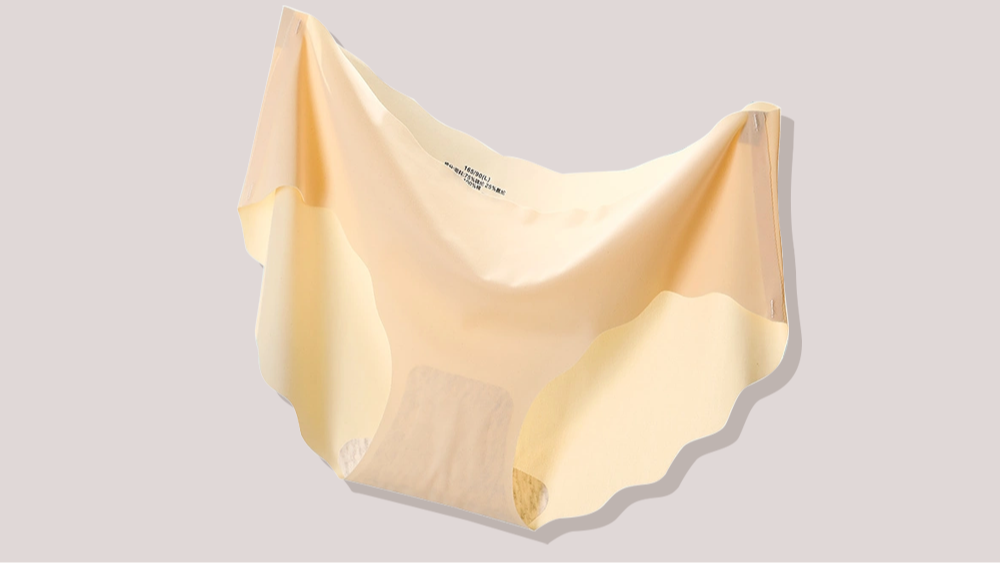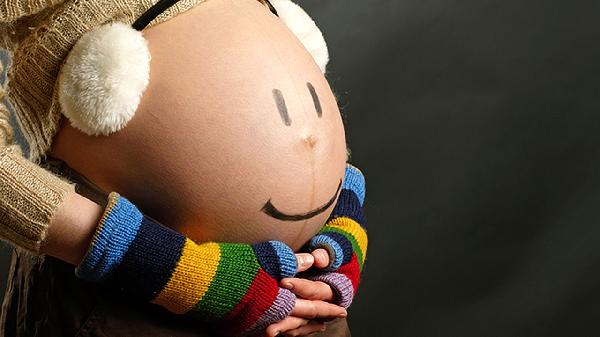Due to the unique physiological structure of women, it is essential to choose high-quality underwear. Underwear should be changed and washed frequently to prevent bacterial invasion and avoid various gynecological inflammations.
How often should women's underwear be replaced?

Regularly worn underwear should be thrown away after 30 washes; underwear that has never been worn after purchase should be discarded immediately after one year if proper storage measures are not taken; athletic underwear should be thrown away after 20 washes; period-specific underwear should be discarded after 15 washes. Wearing old underwear for a long time can lead to gynecological diseases, skin allergies, or skin conditions. To protect the health of the buttocks and vulvar skin, underwear should be changed and washed frequently, and washed separately. It should be sun-dried and not stored with socks to avoid cross-contamination of bacteria. When washing underwear, it is best to use a dedicated soap and hand wash. After washing, let it air dry in a cool place and then sun-dry it for UV disinfection. Otherwise, the underwear may become stiff and deformed. Underwear should be stored separately, preferably in a dedicated storage bag or a clean plastic bag to prevent contamination by bacteria or dust.
Why should underwear be changed frequently?
1. Underwear contains a large number of bacteria
Underwear comes into direct contact with the private parts and can be stained with small amounts of feces, vaginal secretions, and urine. If not changed in time, it can lead to the growth of a large number of bacteria and viruses. Even if washed with soap daily and worn for 12 consecutive hours, underwear can still harbor a significant amount of E. coli and Salmonella, affecting vaginal health.
2. Underwear has an expiration date
If underwear is stored in a regular environment, it can still attract dust mites even if not worn. Direct sun exposure, washing with boiling water, or not rinsing out detergent residue can make the fabric stiff and increase residue, shortening its lifespan. Additionally, storing underwear and socks in the same drawer can lead to fungal contamination. It is best to store each pair of underwear in a separate storage bag to prevent bacterial and fungal contamination. During exercise, increased sweating can make it easier for bacteria to adhere, so athletic underwear should be changed and washed frequently. Furthermore, the use of sanitary pads and menstrual blood can affect the lifespan of underwear, so it is advisable to choose dedicated period underwear to protect vaginal health and extend its lifespan.
Tips
For women who frequently wear tight pants or jeans, old underwear should be discarded promptly. Tight-fitting briefs should be thrown away after 25 washes. It is recommended to choose loose-fitting underwear made of pure cotton with good breathability.
























